Description
Physiotherapists use this dual-frequency ultrasound for a wide range of musculoskeletal conditions to achieve both thermal (heating) and non-thermal (mechanical) effects:
Pain Relief: Reduces acute and chronic pain by stimulating tissue and blocking pain signals.
Tissue Healing: Increases blood flow to the injured area, speeding up the repair of muscles, tendons, and ligaments.
Reduced Inflammation & Swelling: The mechanical effects (micro-massage) help push fluid and reduce edema in the soft tissues.
Scar Tissue Management: Helps to soften and break down old scar tissue and adhesions, improving flexibility and range of motion.
Common Conditions Treated: Tendonitis, bursitis, muscle spasms, joint stiffness, sprains, strains, and carpal tunnel syndrome.
⚙️ Typical Features of a Physio Sound Unit
A modern 1 & 3 MHz unit will usually include the following professional-grade features:
Dual-Frequency Head: A single transducer (applicator) that can switch between the 1 MHz and 3 MHz frequencies.
Output Modes: Allows selection between Continuous (for thermal/heating effects) and Pulsed (for non-thermal/mechanical effects).
Digital Display/Interface: For precise control over intensity (text{W/cm}^2), duty cycle (pulse ratio), and treatment timer.
Safety Features: Often includes a Contact Control mechanism that stops the output if the transducer loses proper contact with the patient’s skin (ensuring safety and treatment effectiveness).


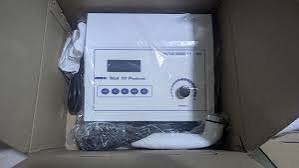




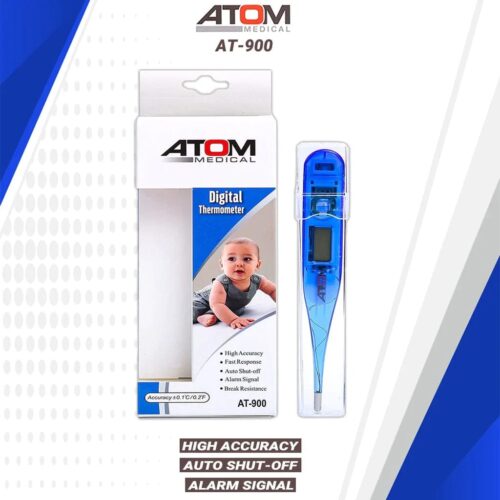
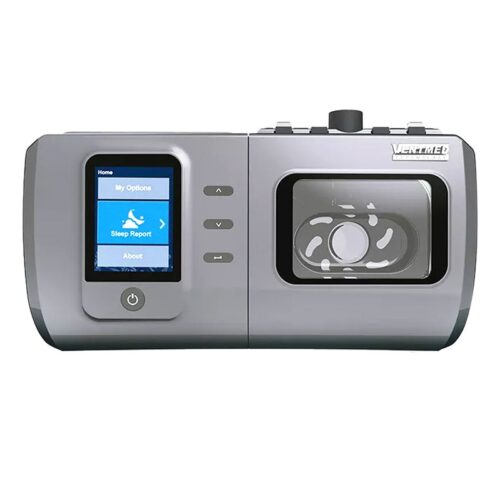
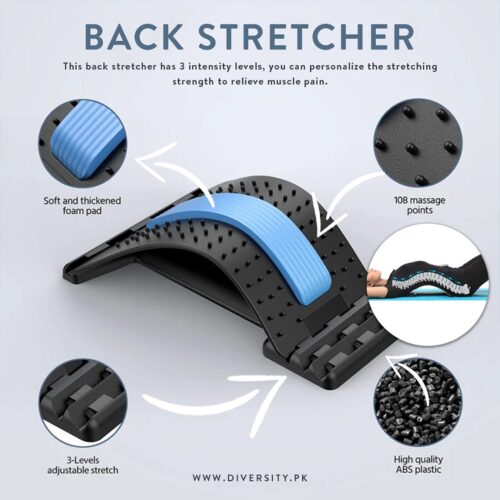



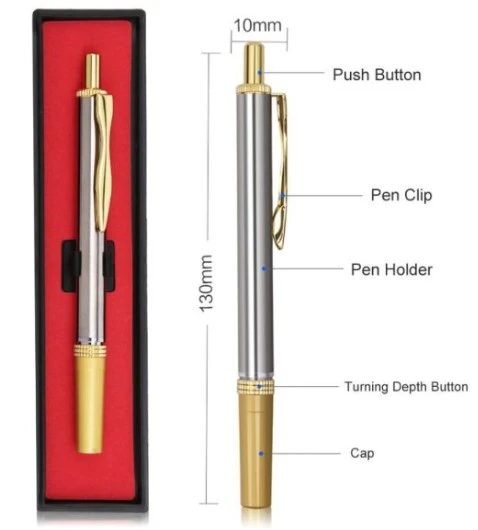
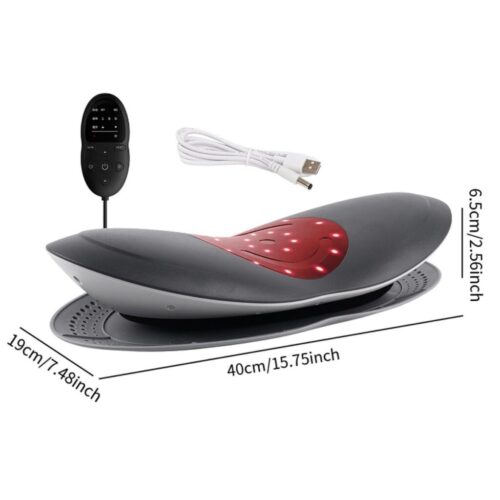

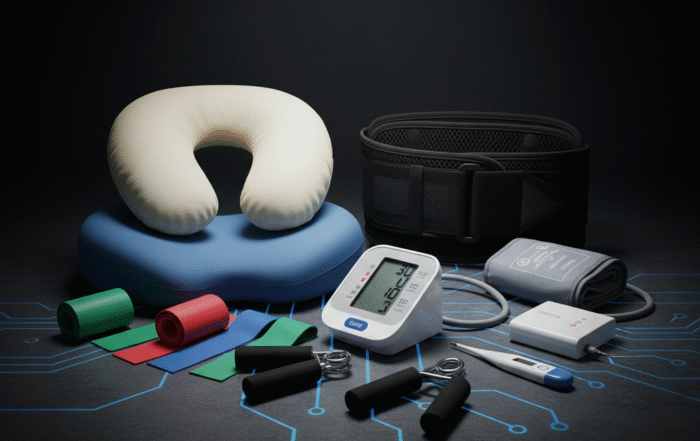
Reviews
There are no reviews yet.